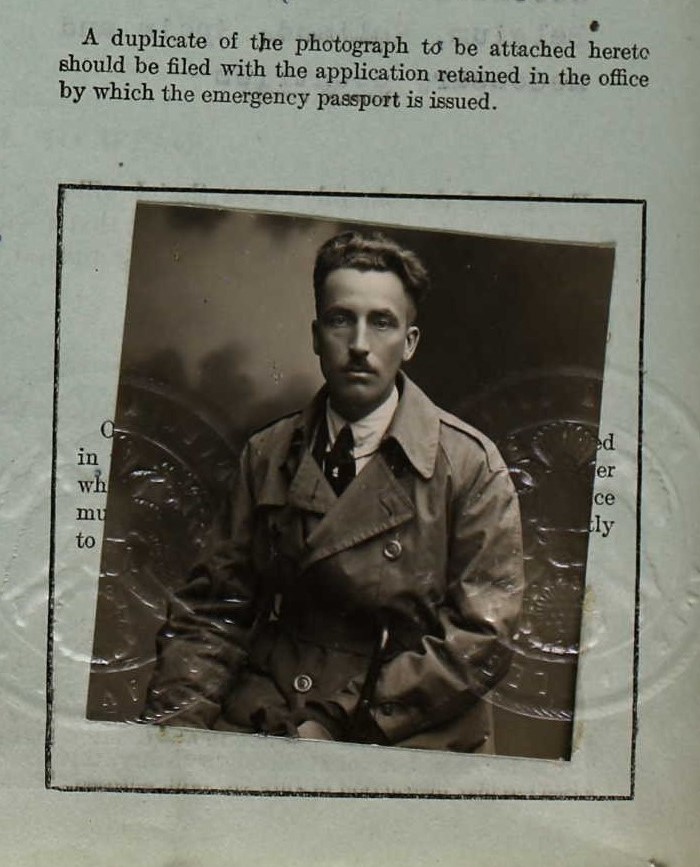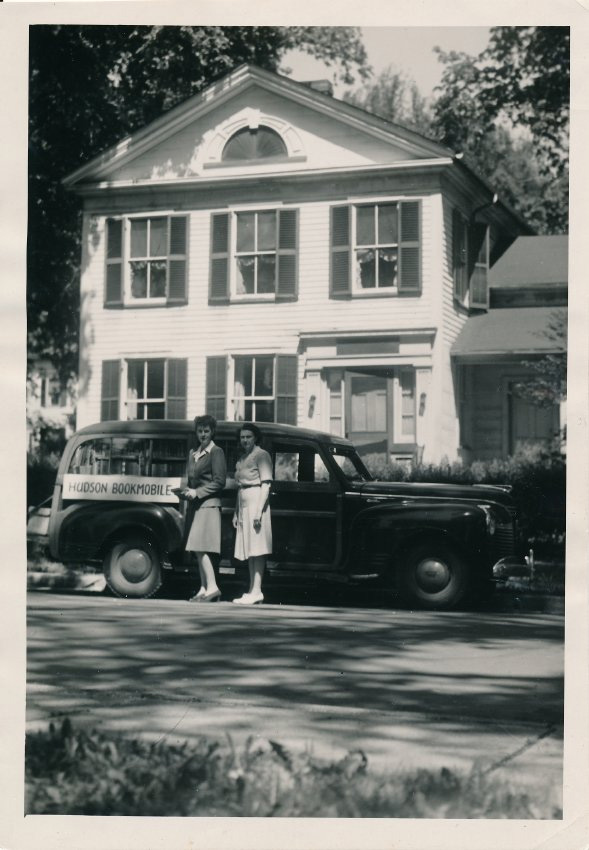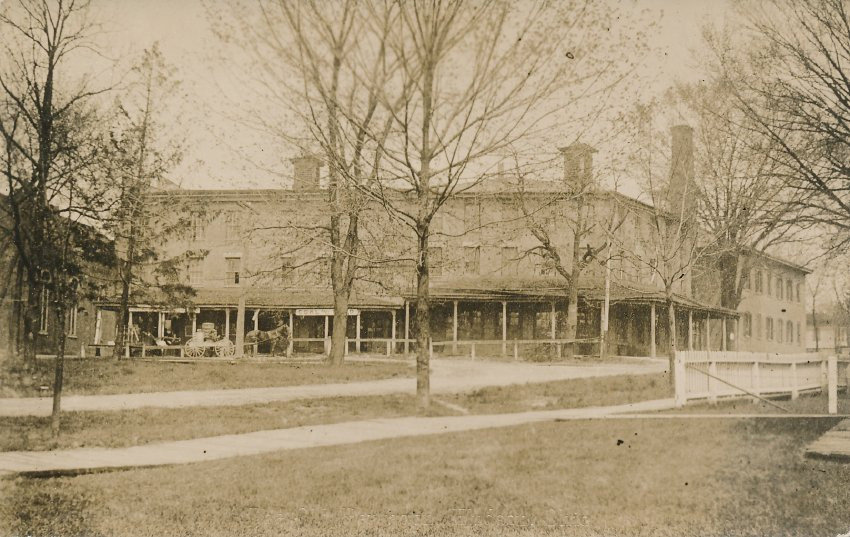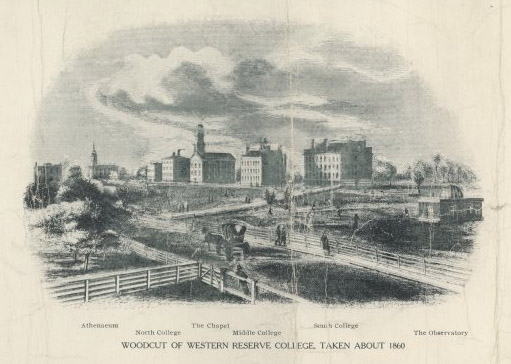
The Connecticut Western Reserve was first surveyed and settled in 1796-97. Hudson was established shortly thereafter in 1799. One of the new region’s needs was to establish an institute of higher learning, not only to educate its young people, but to train qualified ministers for the Congregational Church, the dominant religious group in the early Reserve.
In 1801, David Hudson, the founder of Hudson, attempted to get a charter for a college in the Western Reserve. The government of the Northwest Territory rejected his request. In 1803, when Ohio was granted statehood, David Hudson was granted a charter for the Erie Literary Society, established in Burton, Ohio.
The American Education Society formed a chapter in Hudson in 1818, with the goal of establishing a college in the Western Reserve. The education society along with David Hudson and Caleb Pitkin began to form plans for a new college, and started collecting funds in 1819. They met in 1822 with the intent of applying for a charter for the new college. The original idea was to upgrade the Erie Literary Society in Burton into a full scale college. That plan was defeated in 1825. (The Erie Literary Society would close in 1837.)
Anticipating the defeat of the Burton Plan, the trustees of the American Education Society chapter began taking applications for communities interested in being the site of the new college. The five finalists— Aurora, Cleveland, Euclid, Hudson, and Tallmadge— were required to provide a healthful climate, to be located near major roads, to have a central location in the Western Reserve, and to have a population willing to give the school financial support.
Tallmadge was determined to be too far south and not near major roads. Cleveland and Aurora had problems with malaria, and Cleveland, as a sea port town, also had the “immoral” influence of sailors. Euclid was considered too far north. Hudson, however, met all of the requirements including demonstrated financial support. The town offered over $7,000; nearly one third of which, came from its founder, David Hudson.
The college charter was approved by the state and on February 7, 1826, it was signed. A faculty was established and land was both bought and donated on a hillside. Caleb Pitkin was elected the first President of the college Board of Trustees and ground for the first building was broken in April of 1826. The campus welcomed its inaugural class of 19 students (11 students in the college and 8 in the preparatory division) in the Fall of 1827.
The first permanent college president, Charles Backus Storrs, was appointed in 1830. He left office three years later when a major anti-slavery controversy almost tore the school apart. John Seward served as temporary president from 1833 until 1834, when George E. Pierce took office.
President Pierce served from 1834 until 1855, a period which saw the physical campus grow immensely. But Pierce’s ambitious plans for the college strained its finances at the same time that he strove to build the school’s academic reputation.
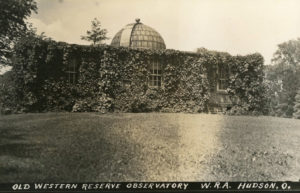
One important achievement of the Pierce administration was the construction of the Loomis Observatory in 1838. It is one of the oldest observatories in the United States, and the oldest observatory on its original foundations. Professor Elias Loomis who set the observatory up, was one of America’s premier astronomers in the 19th century.
Henry L. Hitchcock succeeded President Pierce in 1855, serving in that capacity until 1871. His successor, Carroll Cutler, helped to bring the Hudson era of the college to an end. A combination of professors who wanted to work in an urban environment and the promise of a larger endowment from a Clevelander named Amasa Stone prompted Western Reserve College to leave Hudson for Cleveland in 1882. The college became Adelbert College of Western Reserve University and is now known as Case Western Reserve University.
The college left the preparatory division behind called “Western Reserve Academy”, but that school closed in 1903. In 1916, Hudson benefactor James W. Ellsworth re-chartered the preparatory Academy in Hudson and re-opened it as the present Western Reserve Academy on the old college campus.
The Hudson Library & Historical Society holds several collections relating to the Western Reserve College and Academy including catalogues, yearbooks, and other ephemera.
More information
- Western Reserve Academy, and Helen H. Kitzmiller. 1926. One hundred years of Western Reserve. Published as a part of the observance of the centennial of the founding of Western Reserve academy and college, April 26, 1926, at Hudson, Ohio. Hudson, O.: The James W. Ellsworth Foundation.
- Waite, Frederick Clayton. 1943. Western Reserve University, the Hudson era: a history of Western Reserve College and Academy at Hudson, Ohio, from 1826 to 1882. Cleveland: Western Reserve University Press.
- Cutler, Carroll. 1876. A history of Western Reserve College: during its first half century, 1826-1876. Cleveland: Crocker’s Pub. House.
- Brubaker, Scott Allen. 1987. Western Reserve College and the anti-slavery controversy from 1832 to 1833.

